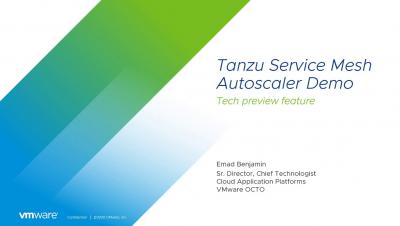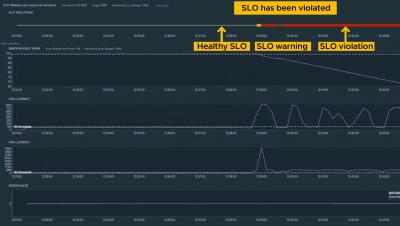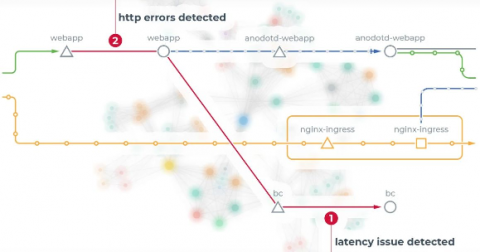Operations | Monitoring | ITSM | DevOps | Cloud
Service Mesh
The latest News and Information on Service Mesh, APIs and related technologies.
Tanzu Service Mesh SLO Feature Demo
How to monitor istiod
Istio is a service mesh that enables teams to manage traffic in distributed workloads without modifying the workloads themselves, making it easier to implement load balancing, canarying, circuit breakers, and other design choices. Versions of Istio prior to 1.5 adopted a microservices architecture and deployed each Istio component as an independently scalable Kubernetes pod. Version 1.5 signalled a change in course, moving all of its components into a single binary, istiod.
How to monitor Istio, the Kubernetes service mesh
In this article, we are going to deploy and monitor Istio over a Kubernetes cluster. Istio is a service mesh platform that offers advanced routing, balancing, security, and high availability features, plus Prometheus-style metrics for your services out-of-the-box.
Deploying Citrix ADC with Service Mesh on Rancher
As a network of microservices changes and grows, the interactions between them can be difficult to manage and understand. That’s why it’s handy to have a service mesh as a separate infrastructure layer. A service mesh is an approach to solving microservices at scale. It handles routing and terminating traffic, monitoring and tracing, service delivery and routing, load balancing, circuit breaking and mutual authentication.
Implementing Canary Releases on Kubernetes with Spinnaker, Istio, and Prometheus
Service Mesh Comparison: Istio vs. Linkerd
KMC - Running a Multi-Cluster Service Mesh in Rancher
The Missing Functionalities of Service Mesh Technologies - Native Anomaly Detection and Incident Correlation
Rapid software release is the new norm – and that has pushed many companies to ditch their monolithic software development approach in favor of SOA. More companies are embracing microservices – an SOA-style approach for developing and deploying business logic as small, independently deployed services – for a number of reasons: it reduces risk, is faster to deploy and it easily scales.










